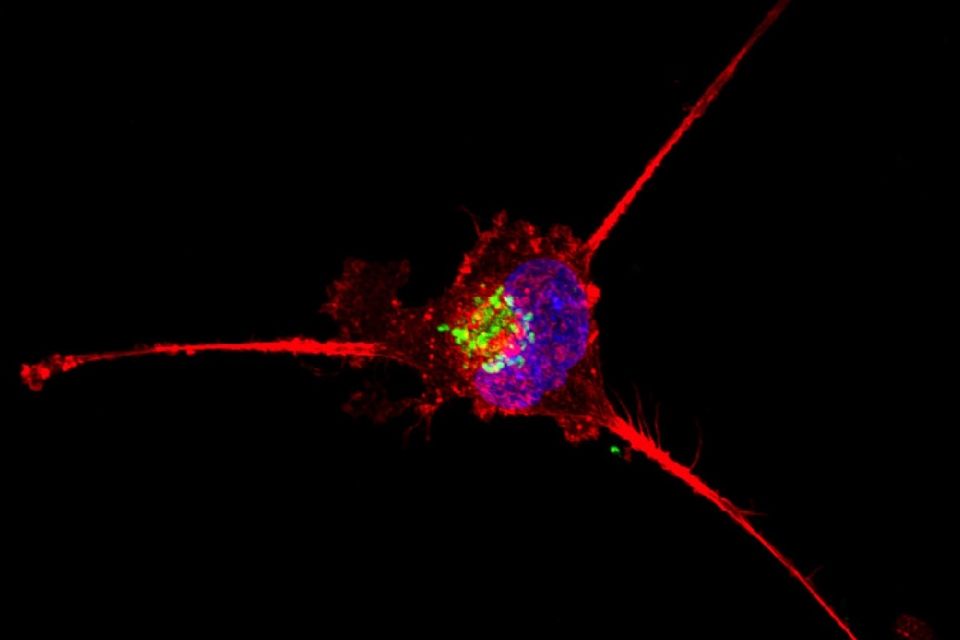New Genetic Signatures Can Classify Breast Cancers and Guide Prognosis
 Researchers at Weill Cornell Medicine have developed breast cancer cell-of-origin signatures that can better predict both overall and progression-free survival of patients with breast cancer compared to previously developed genomic signatures.
Researchers at Weill Cornell Medicine have developed breast cancer cell-of-origin signatures that can better predict both overall and progression-free survival of patients with breast cancer compared to previously developed genomic signatures.
In the study published Sept. 13 in Breast Cancer Research, Dr. Tan Ince, professor of pathology and laboratory medicine and a member of the Sandra and Edward Meyer Cancer Center, and his research team demonstrated that triple hormone receptor (THR) signatures can guide prognosis and treatment across all breast cancer subtypes.
The cell-of-origin is a normal cell that acquires the first genetic mutations that promote cancer. By identifying all the different genes that are specific for a cell type, researchers can create a cell-type “signature,” a set of genes that can be used as a reference to predict patient outcomes.
Evolving State of Cancer Cells
Breast cancers exhibit an evolving landscape of mutations and intra-tumoral heterogeneity—the genetic and epigenetic variations that can exist within cells of a single tumor—which can impact the effectiveness of genomic signatures. “In contrast, the cell type signature is locked in from the beginning of a tumor, highlighting the key differences between genetic mutations and cell-of-origin biomarkers,” said Dr. Ince who is also chief of pathology at NewYork-Presbyterian Brooklyn Methodist Hospital.
Previously, the researchers focused on the expression of three breast cell-type specific hormone receptors: androgen (AR), estrogen (ER), and vitamin D (VDR) in normal human breast luminal epithelial cells that produce milk. Some of these cells had one or two of the receptors, while other cells had none or all three receptors.
When genes are expressed, they produce mRNA molecules that then are translated to proteins—in this case the different receptors. This study developed corresponding mRNA signatures to categorize breast tumors by their triple-hormone receptor expression levels.
“The triple hormone receptor signatures that we developed make a clear distinction between different subtypes of breast cancer, not just high and low risk, but five groups of patients with very distinct differences in survival and risk profiles,” explained first author Dr. Mohamed Omar, assistant professor of research in pathology and laboratory medicine and a member of the Division of Computational and Systems Pathology at Weill Cornell Medicine.
Predicting Treatment Outcomes
The THR mRNA signatures were evaluated across 56 breast cancer datasets, which included over 5,000 patients. By examining the relationship between THR signatures and the outcome of various patient groups, Dr. Ince and his team found that drugs targeting AR and VDR exhibit an additive effect in reducing cell proliferation in triple-negative breast cancer (TNBC).
They also found that combining AR and VDR hormone treatments with chemotherapy yields additive effects. THR signatures provide a more comprehensive and clinically meaningful prognostic model for breast cancer by incorporating breast cell-of-origin information and THR status. It has the potential to classify breast cancers, personalize treatment and lead to therapeutic target discovery. Dr. Ince hopes to validate his findings in clinical trials as the next step.



